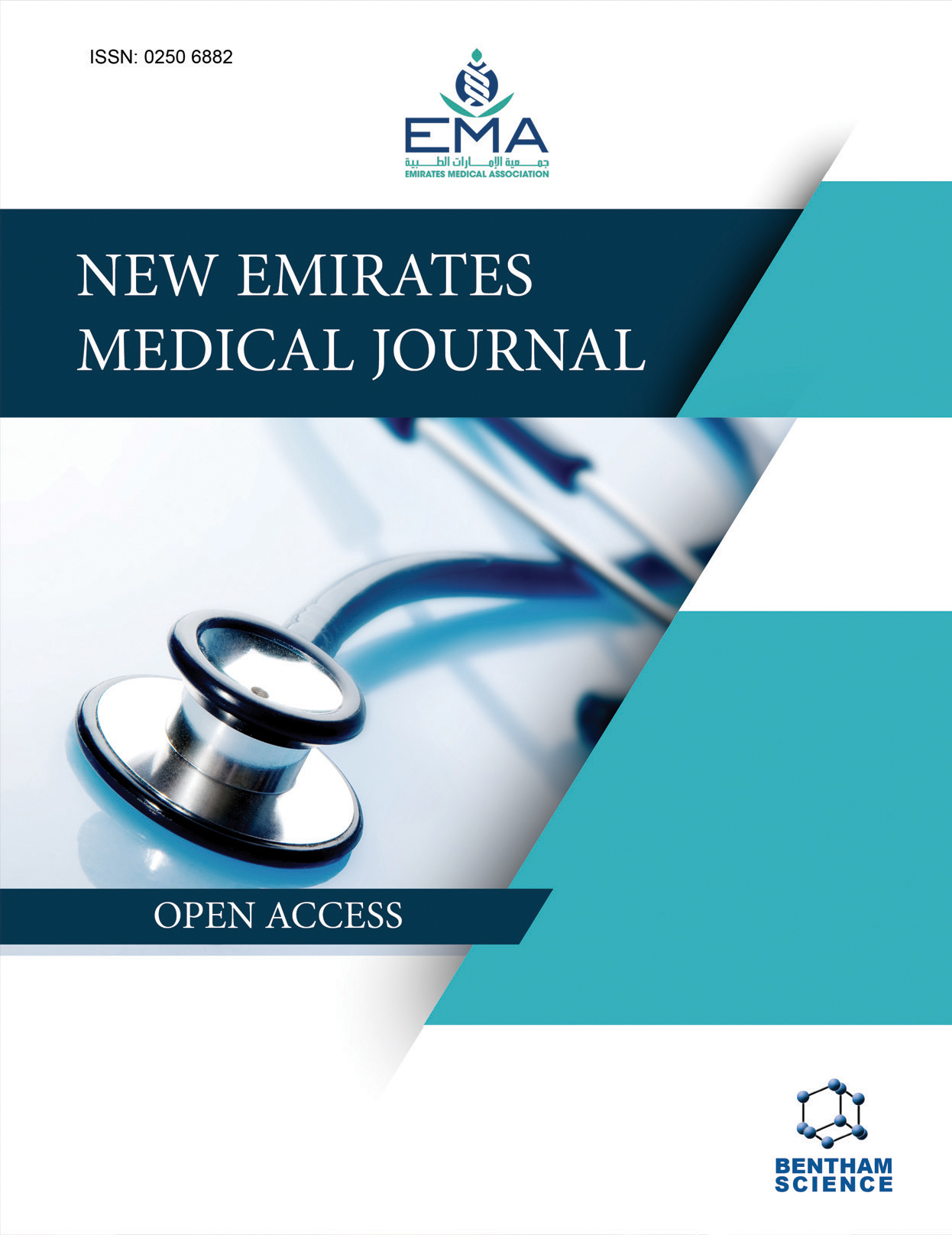-
oa Thyroid Function Screening among First- and Second-Degree Healthy Asymptomatic Relatives of Patients with Hashimoto’s Thyroiditis
- Source: New Emirates Medical Journal, Volume 5, Issue 1, Jan 2024, e02506882249988
-
- 24 Jun 2023
- 17 Oct 2023
- 01 Jan 2024
Abstract
Assessment of thyroid dysfunction among relatives of patients diagnosed with Hashimoto’s thyroiditis is controversial due to the lack of evidence.
Screening and prediction of thyroid dysfunction among first- and second-degree relatives (FDRs and SDRs) of patients who were previously diagnosed with Hashimoto’s thyroiditis.
Three hundred and forty-six asymptomatic relatives of 97 patients diagnosed with Hashimoto’s thyroiditis were enrolled in mixed cross-sectional and prospective assessments for thyroid dysfunction over more than two years (September 2018-December 2020).
Both FDR and SDR were evaluated by thyrotropin (TSH) and thyroid ultrasound at enrollment. Individuals with abnormal TSH were thoroughly evaluated biochemically and were subsequently classified as euthyroid, subclinical, and overt thyroid dysfunction. The future reversion of enrolled individuals with normal and subclinical thyroid function to overt dysfunction was predicted by using the Thyroid Event Amsterdam (THEA) score.
Three-quarters of the participants were non-smoking married women. Thyroid dysfunction was diagnosed among 43% of the participants (n=150), of whom two-thirds (74%) were having overt dysfunction (n=111). Neither the demographic elements nor the initial thyroid function could predict the future thyroid function among those participants. Two out of ten (16%) were having autoimmune thyroid disease (AITD) as part of familial clustering (n=56). Four participants with subclinical hypothyroidism were treated accordingly due to their high THEA score despite the global lower THEA score (5.00±0.44).
Screening of asymptomatic relatives of patients diagnosed with Hashimoto's thyroiditis could help identify the familial background of thyroid diseases in 43% of FDRs and SDRs. One-third may have an underlying autoimmune basis.



